~ Ahrweiler, 23.10.2024 ~
The building dates to around the end of the 1st century A.D. and was equipped with all the ammenities of an upper-class Roman estate. A large porticus overlooking the most picturesque possible view of the surrounding valley, underfloor heating, frescoes.
An adjacent building housed the baths: a heated room for undressing, a warm bath, a hot bath, and an unheated room for gymnastics, as well as a toilet flushed by a local stream. The building was destroyed in a landslide a few centuries later, and parts of it were used as a Christian cemetary afterwards.
The basement is partially exposed, showing the channels and chambers for the hypocaust, maintenance staircases, and water channels.
The museum also houses a lot of exhibits: finds from the site, reconstructions, and similar items from other sites. There are explanations of the building material and building techniques used, and displays of everyday items for personal hygiene, jewelry, and pottery.
Ceramic tiles for the roof and eslewehre were left out in the sun to dry before firing. The footprints of children, pets, and other animals became immortalised in them.
It must be stressed that this villa was built in what was, even 2000 years ago, the one location in an at least 5 km radius with the most scenic possible view of the entire valley around it, and the porticus was oriented towards it.
Though today's cities did not yet exist, it was already a wine-growing region under Roman rule.
The autumn sun cats a beautiful light onto the scenery, so I took a walk to and through Ahrweiler on the way back.














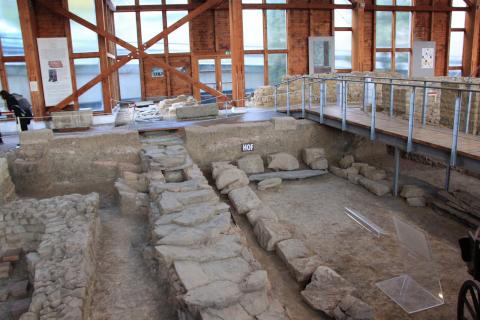















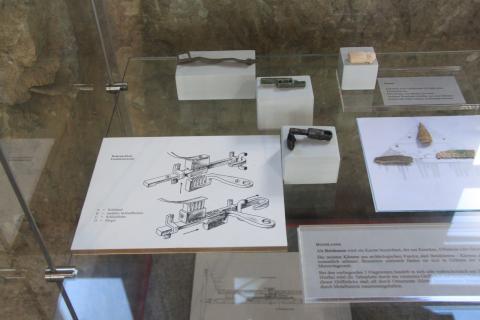

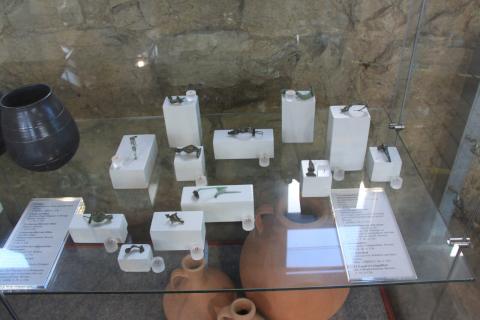








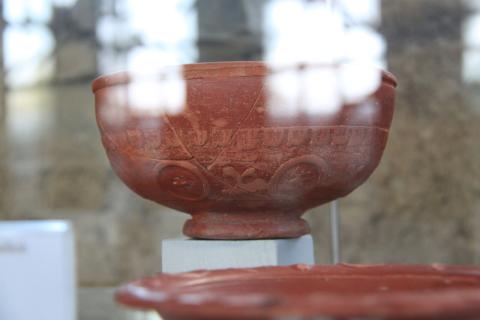




















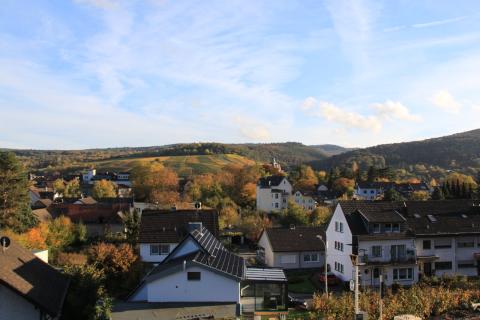



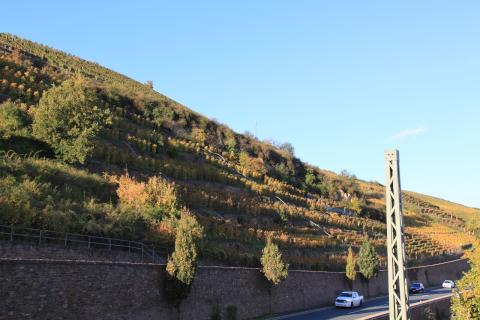


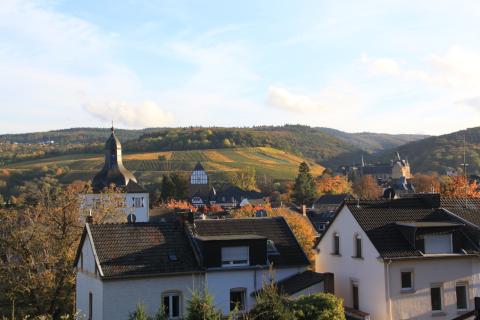


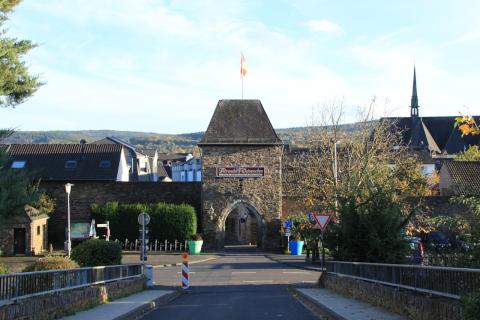





In a corner of Ahrweiler lie the ruins of a Roman villa rustica, carefully excavated and turned into a museum.